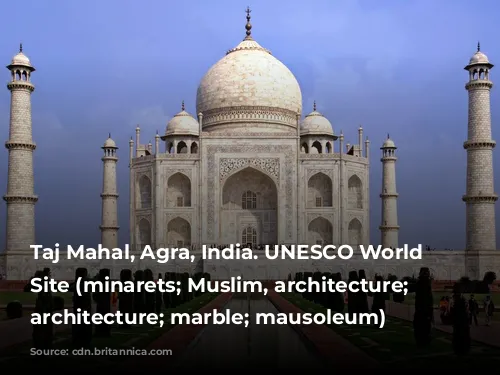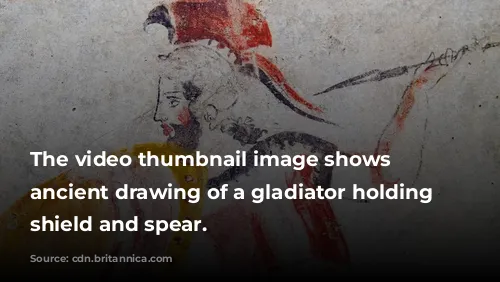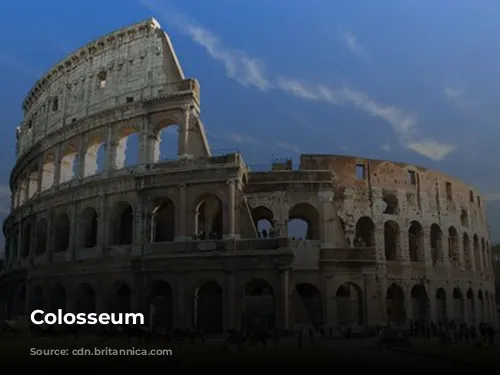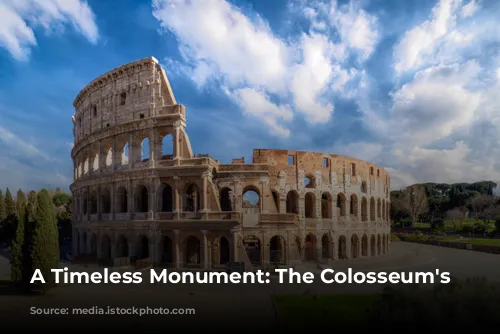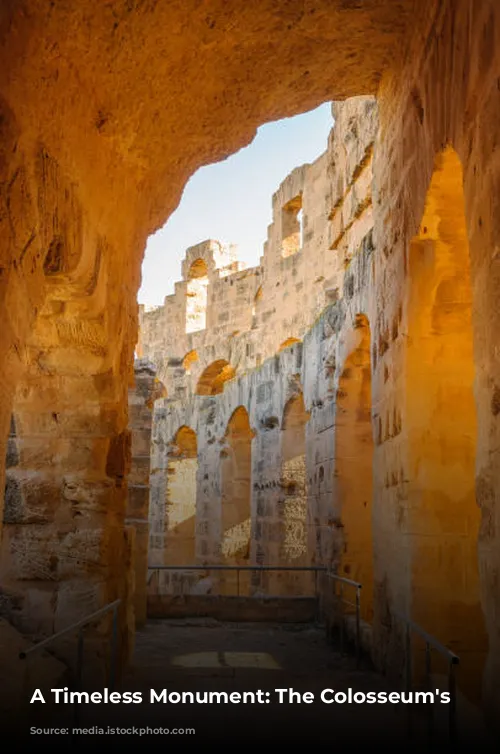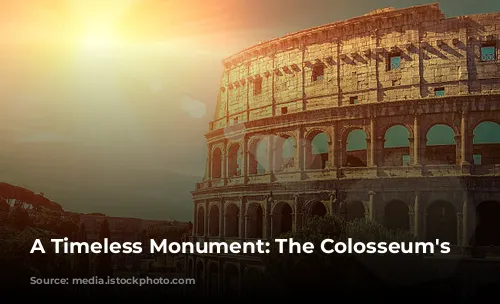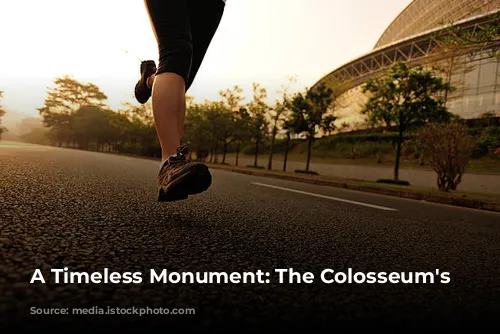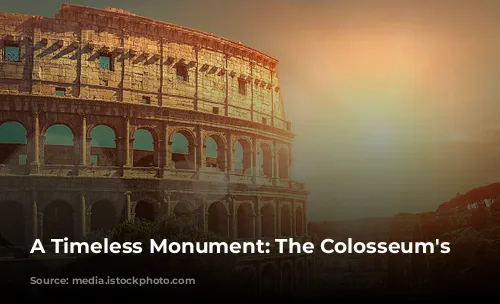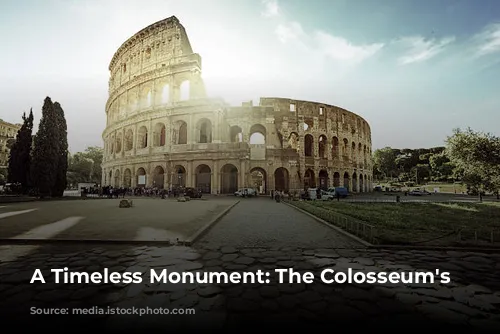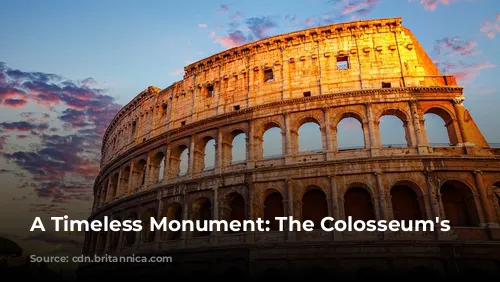Standing tall amidst the bustling city of Rome, the Colosseum is a beacon of the Roman Empire’s grandeur, a testament to the ingenuity and skill of its architects and engineers. It’s not just a historical marvel, but a significant contributor to Italy’s economy, attracting millions of tourists each year.
A Monument of Ancient Power
In 2018 alone, the Colosseum, Roman Forum, and Palatine Hill, collectively known as the Roman Forum, brought in a staggering $63.3 million (€53.8 million), making it Italy’s most popular tourist destination. This speaks volumes about the allure of ancient Rome and the Colosseum’s lasting impact.
However, the Colosseum’s journey wasn’t always smooth. After the fall of the Western Roman Empire, the once-mighty structure fell into a state of disrepair. The arena was repurposed as a fortress by powerful Roman families, and later, it was used as a quarry. This neglect lasted for over a thousand years until the 1990s, when state-funded restoration efforts breathed new life into the ancient monument.
A Celebration of Empire
The Colosseum was built during the reign of the Flavian emperors, a period of revitalization for Rome following the tumultuous year known as the “Year of the Four Emperors.” Emperor Vespasian, seeking to appease the Roman people after a period of political unrest, commissioned the Colosseum as a grand entertainment venue. It was designed to host spectacular events like gladiatorial combats, animal hunts, and even mock naval battles.
Construction began in 70 CE under Vespasian and was completed in 80 CE by his son and successor, Emperor Titus, who dedicated the arena with a 100-day celebration. Emperor Domitian, Titus’s younger brother, added the Colosseum’s fourth story in 82 CE. Intriguingly, the funds for the construction came from the spoils of war, specifically the plunder from Titus’s sacking of Jerusalem in 70 CE. The Colosseum, a monument to Roman power, was built, in part, by enslaved Jews from Judaea.
A Marvel of Engineering
The Colosseum, also known as the Flavian Amphitheatre, is an impressive structure. It’s an elliptical arena, made of stone, concrete, and tuff, and rises four stories tall. Measuring 620 by 513 feet (189 by 156 meters), it could accommodate 50,000 spectators. Its unique design was a testament to the architectural brilliance of the Romans, as it was a freestanding structure, unlike earlier amphitheaters, which were often carved into hillsides.
The Colosseum boasted a complex system of barrel and groin vaults, and its exterior was adorned with engaged columns in the Doric, Ionic, and Corinthian orders, a design that influenced Renaissance architecture. The arena also featured a retractable awning, called a velarium, which shielded spectators from the sun. This massive awning was manipulated by hundreds of Roman sailors, who used complex rigging and masts that extended from the Colosseum’s top story.
A Witness to History
The Colosseum was the stage for countless spectacles, including gladiatorial combats, contests between men and animals, and even mock naval engagements. However, the debate about whether early Christians were martyred in the arena remains inconclusive.
Over time, the Colosseum faced neglect and destruction. It was repurposed as a church and a fortress, and suffered from the ravages of lightning, earthquakes, vandalism, and pollution. The Colosseum was stripped of its marble seats and decorative materials, turning into a quarry for over a thousand years.
The 19th century saw the beginning of preservation efforts, spearheaded by Pope Pius VIII. In the 1990s, a significant restoration project was undertaken, bringing the Colosseum back to its former glory. Today, the Colosseum continues to be a major tourist attraction, receiving nearly seven million visitors annually. Regular exhibitions showcasing the culture of ancient Rome are held within its walls, reminding us of the enduring legacy of the Roman Empire.
The Colosseum stands as a symbol of Rome’s power, a testament to the Romans’ architectural and engineering genius. Despite its tumultuous history, the Colosseum has endured, offering a glimpse into the world of ancient Rome and captivating generations of visitors.
